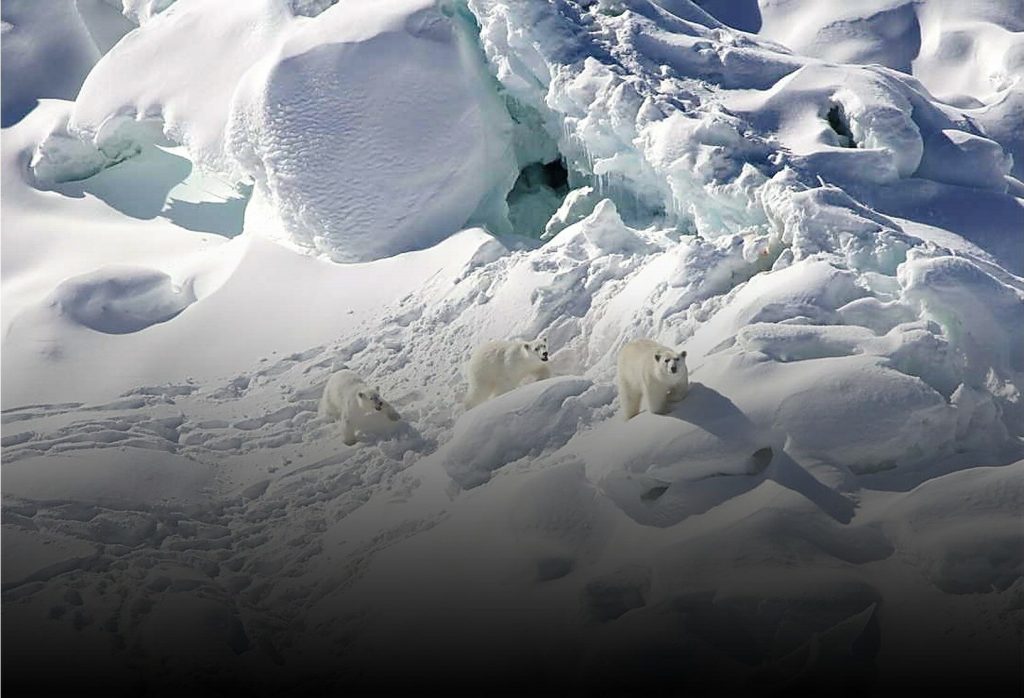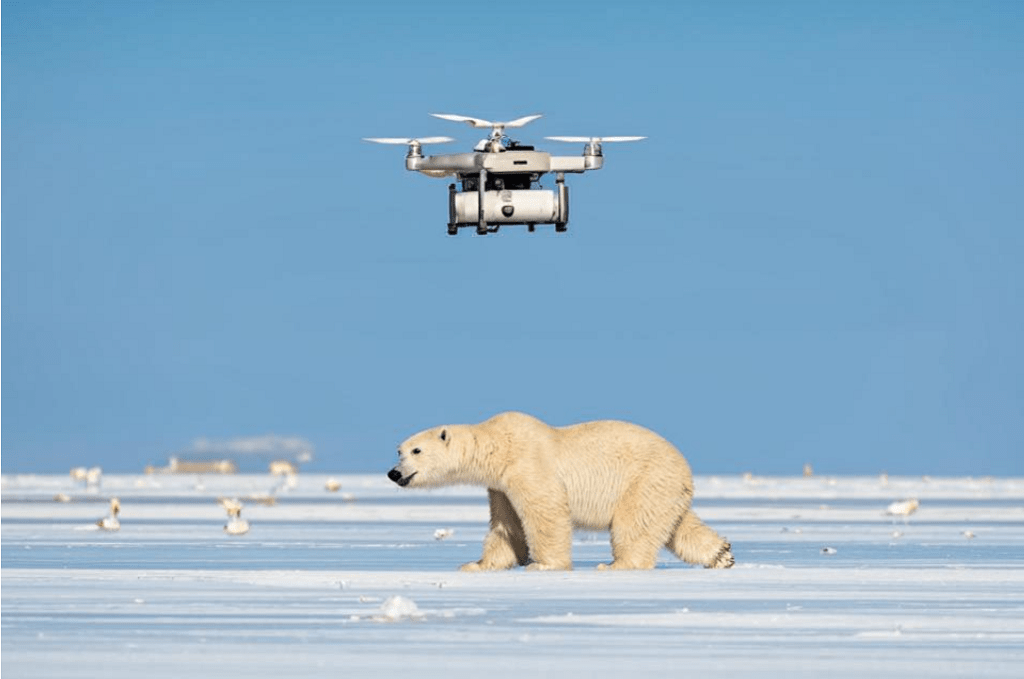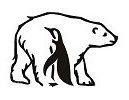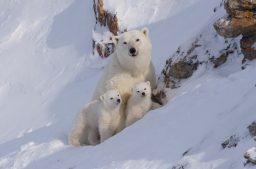
The purpose and objectives of the program
The polar bear, in accordance with the federal project “Conservation of biodiversity and development of ecological tourism”, is included as one of the indicators of the Arctic environment. On behalf of the Ministry of Natural Resources of the Russian Federation, a section of experts on the polar bear has developed a roadmap for measures aimed at preserving and restoring the polar bear in the Russian Arctic. One of the priority activities is the assessment of the number of polar bears.
VNII “Ecology” together with the Institute of Ecology and Evolution of the Russian Academy of Sciences and ANO “Ecofactor” prepared a draft Program and presented it at the International Scientific and Practical Conference “The Universe of the Polar Bear”.
The purpose of the Program is to estimate the number of polar bear subpopulations inhabiting the Russian Arctic and adjacent areas on the basis of large–scale aerial surveys and the use of modern tools.
Objectives of the Program:
development of a methodology for large-scale air accounting of the polar bear population;
step-by-step air population accounting and processing of the received data; creation of a database; assessment of the total number of subpopulations; preparation of a summary report and publications.
Basic accounting methods

Two main methods can be used to estimate the number of polar bear subpopulations:
- Tagging/re-trapping of animals;
- Air accounting of bears using an aircraft.
The first method allows us to obtain data not only on the number of polar bear subpopulations, but also on a number of important population parameters. However, it takes 5-7 years to get the necessary sample.
The second method is more acceptable for accounting for the number of polar bear subpopulations inhabiting the Russian Arctic and adjacent areas, since air surveys allow collecting information on the number and spatial distribution of polar bears from a large area in a short time, and regular accounting is an effective tool for monitoring the state of subpopulations.
Instrumental methods will be used during aerial photography. They make it possible to document all animal encounters, strictly control the width of the accounting lane, provide a coordinate-time “binding” of each animal registered with cameras and a thermal imager, and in camera conditions process instrumental materials of aerial photography by various specialists and different methods in order to further optimize both the aerial photography technique and the post-flight processing of materials. Seals, the main food items of polar bears encountered on the route, as well as polar bear habitats, will also be registered.
During the implementation of the Program, international and Russian experience in conducting aerial surveys to estimate the number of polar bears, obtained, in particular, during the Russian-Norwegian air surveys of the Barents Sea subpopulation (2004), and Russian-American air surveys to estimate the number of polar bears and seals in the Chukchi Sea (2016), will be used.
Air surveys are planned to be carried out in the spring, when the waters of the seas are covered with ice. Aircraft with a long flight range should be used for air accounting. In local areas, unmanned aerial vehicles with a long flight range can be used.
When conducting air surveys, a number of conditions will need to be met:
when photographing vast water areas, it is necessary to use the method of selective route air accounting (linear transect);
the number, length and location of accounting routes during selective accounting should help to obtain an estimate of the number of animals with minimal error;
maximize the use of tools and automation of the shooting process; if possible, supplement them with visual observations, which increases the efficiency of air accounting;
to standardize the technology of conducting air accounting as much as possible.
Stages of aircraft accounting work
Air accounting work and processing of the received data should be carried out in several stages. In 2023, the Program and methodology for conducting air accounting works are being finalized and the registration of polar bears in the Arctic Zone of the Russian Federation is being coordinated with interested departments. The optimal time for taking into account the number of each subpopulation, the percentage of coverage of the survey areas, the requirements for survey materials, the technology of processing aerial survey materials, etc. should be determined.
At subsequent stages, preparation for field work is carried out, including the development of a detailed work plan for conducting air accounting, preparation of an aircraft or UAV and equipment for accounting, preparation of participants in aerial photography, field work, in-house processing of the results obtained, presentation of the results to the section of experts on the polar bear.
Areas of air accounting work:
2024 — accounting for the number of polar bears in the Kara Sea (in the area of the Kara subpopulation);
2025 — accounting for the number of polar bears in the Laptev Sea and in the western part of the East Siberian Sea (in the area of the Laptev subpopulation);
2026 — coordinated with American experts accounting of the number of polar bears in the Chukchi Sea, the eastern part of the East Siberian Sea, the northern part of the Bering Sea (in the area of the Chukchi-Alaska subpopulation);
2027 — coordinated with Norwegian specialists accounting of the number of polar bears in the Barents Sea (in the area of the Barents Sea subpopulation).
The final stage: 2027– 2028: completion of processing and analysis of the materials of air accounting works 2024-2027; creation of a database based on the results of the work carried out: assessment of the total number of polar bears in the Russian Arctic; selection of model polygons for tracking trends in the number of polar bears using regular air surveys based on the use of long-range UAVs.
The draft Program also provides a description of vehicles and accounting groups; observation procedures; primary data processing; a list of sources used.
By Belikov S.E. and et al


